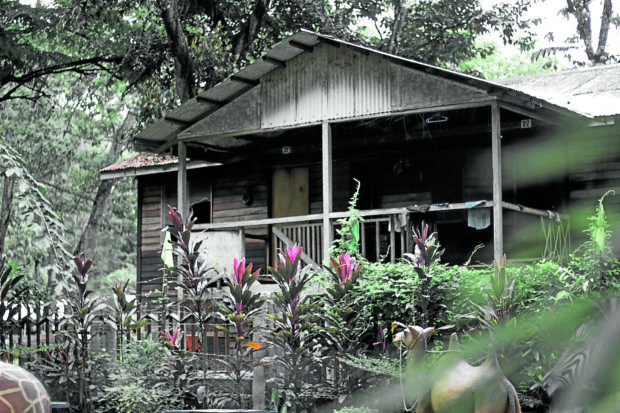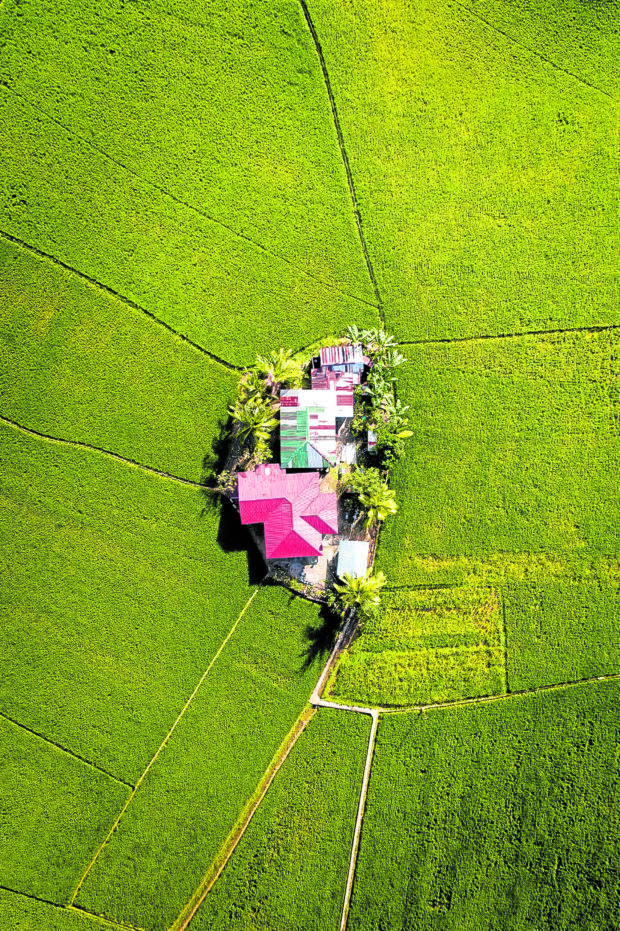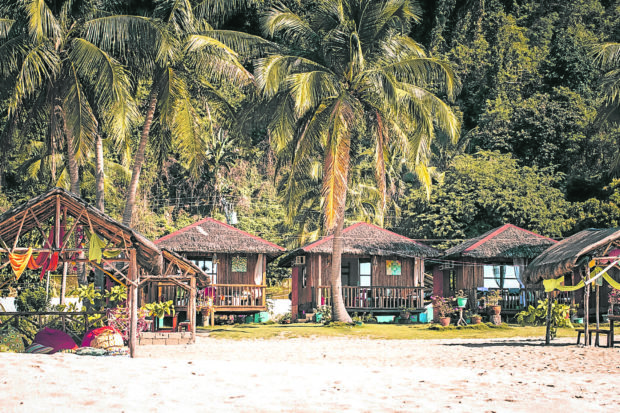Designing all-weather homes in a tropical country

Local homebuilders must start ensuring that residences are built to endure heavy rain, high winds and high humidity.—MARK CARLO ALLONES/UNSPLASH
As market trends in modern residential designs evolve, developing pleasant, safe and sustainable houses should receive equal emphasis.
Quality houses should have aesthetics, amenities, reinforced structures and architectural features that can withstand adverse weather conditions and aging. Filipino architects are increasingly advocating for sturdier roofs and walls, storm-proofing, flood mitigation and energy-efficient features in contemporary homes to safeguard modern buildings from potentially disastrous weather. The design of an all-weather house should withstand most local climate challenges.
How the Philippine weather works
To combat the elements, some modern house designs take significant steps such as the inclusion of concrete pillars, steel roofs, dome constructions and massive shutters for windows and doors. However, understanding first how weather works in the country may enhance the principles of constructing all-weather dwellings.
The Philippines’ climate is distinguished by relatively high temperatures, high humidity and plentiful rainfall. The country’s two primary seasons are the rainy season, which lasts from June to November, and the dry season, which lasts from December to May. The weather may develop into extreme seasonal conditions, such as storms and floods during the wet months to heat waves during the dry seasons.
Learning from the past
The Philippines is rich with architectural legacy, including traditional Filipino dwellings known as Bahay Kubo. These dwellings are built of bamboo and nipa palm leaves, and are placed on stilts to protect them from flooding during the rainy season and allow ventilation during the hot seasons. An ideal Filipino home should be elevated from the ground, raised a few steps, or perhaps a meter above the ground.
Taking cover
The characteristic roof form and slope provide a vital distinction and individuality to a tropical dwelling. This kind of design is prevalent across Asia, including the Philippines. Huge eaves distinguish the high-pitched hip style with extended overhangs on all sides, which provide sufficient shade for cooling the interiors while also sheltering the walls and windows from wind-driven rains.
Keeping things cool
The building industry has improved in battling high thermal mass with alternative insulation. Many new insulated wall panels today are more efficient and environment-friendly. Alternative insulation is also a great way to protect the walls, ceilings and floors of a house from solar heat gain. These innovative materials, from polystyrene concrete to mineral wool, help keep the inside temperature consistently more relaxed throughout the year.
Managing water intrusion
Waterproofing is essential for all properties, whether they are newly built, recently restored, or have been in existence for decades. It is crucial to highlight that the most acceptable waterproofing measures not only prevent degradation of the property but may also help control mold and mildew problems and produce a much healthier living environment.
Never underestimate the importance of water-tightness in the Philippines, especially during the rainy season. Pest infestations, corrosion of structural bars, short electrical systems and home disease can all be caused by seepage, leaks and dampness.
Making investments last
As they say, the single most important investment one may have in a lifetime is a house. Local homebuilders must start ensuring that residences are built to endure heavy rain, high winds, and high humidity. Other key features of tropical architectural design considerations include site orientation, daylighting, vertical clearances, air circulation, types of openings, geographic circumstances and wind pressures.
The author is the principal architect at Fulgar Architects, pioneering unique and metamodern design specialties for various real estate projects from hospitality, condominiums, museums, and commercial to mixed-use township developments in the Philippines. He collaborates with multiple industry specialists to develop joint venture opportunities for landowners and investors. Please visit www.ianfulgar.com


